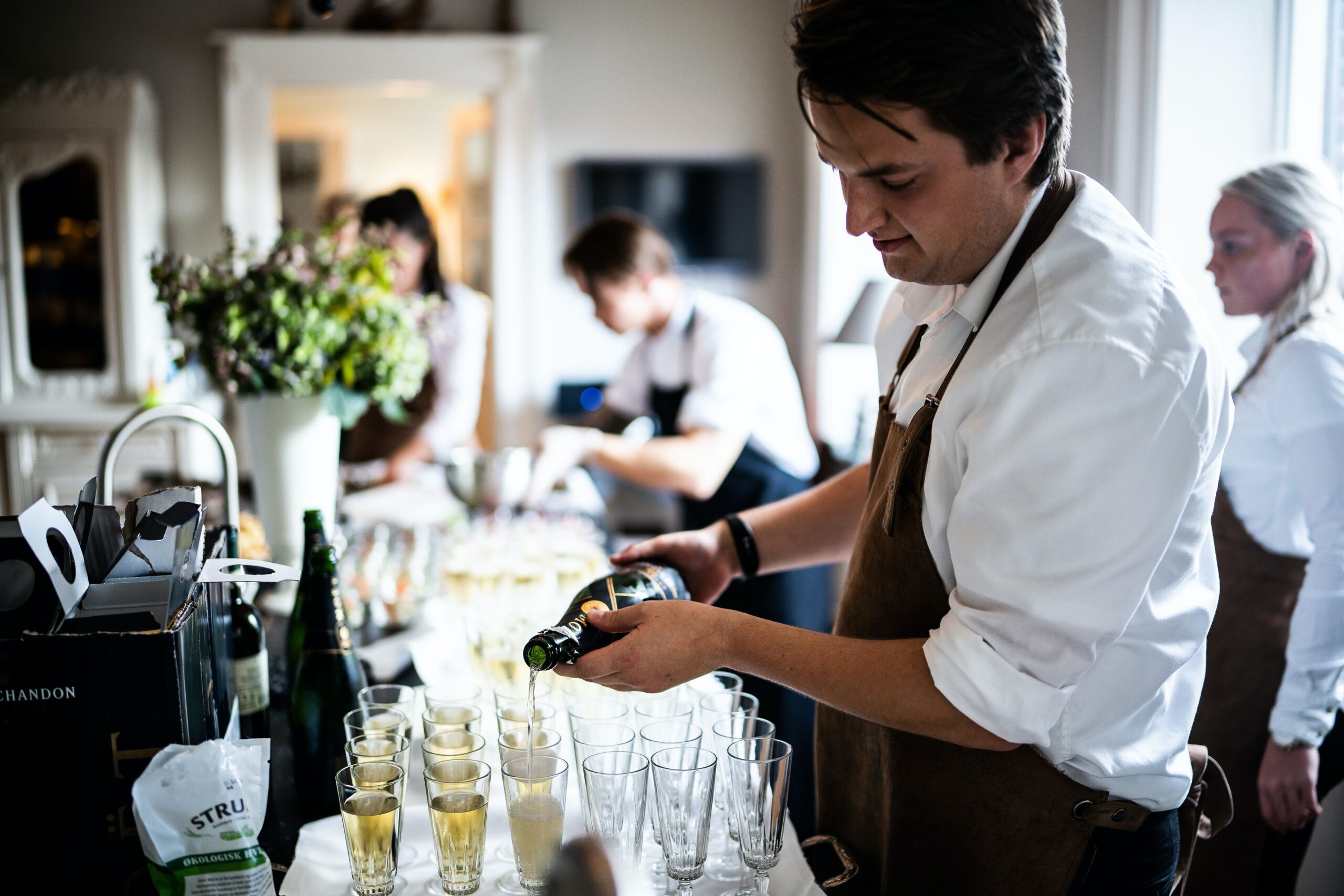In the dynamic and demanding world of the restaurant industry, success is not just about serving delicious dishes; it is about creating an unforgettable dining experience. The key ingredient to achieving this level of excellence lies in the power of practical restaurant training. In an environment where every detail matters, from the ambiance to the plate presentation, well-trained staff can make all the difference. Practical training goes beyond theoretical knowledge, providing employees with hands-on experience that hones their skills and instills confidence. From front-of-house servers to back-of-house chefs, the impact of practical training reverberates through every aspect of the restaurant, creating a cohesive and efficient team. One of the primary advantages of practical restaurant training is its ability to bridge the gap between theory and real-world application. While traditional classroom settings offer valuable insights into culinary techniques, customer service etiquette, and operational procedures, it is in the practical realm that individuals truly grasp the nuances of their roles. For chefs, it means perfecting the art of timing and precision in a live kitchen environment, while for servers, it involves mastering the delicate dance of balancing efficiency and friendliness during peak hours.

Furthermore, practical in Waitrainer restaurant customer service training fosters a culture of adaptability and quick thinking. In the fast-paced world of restaurants, unexpected challenges are par for the course. Whether it is a sudden influx of guests, a kitchen malfunction, or a special dietary request, a well-trained team can navigate these hurdles seamlessly. Practical training instills a sense of composure and resourcefulness, empowering employees to make split-second decisions with confidence. This adaptability not only enhances the overall customer experience but also contributes to the restaurant’s ability to weather unforeseen circumstances and emerge stronger. The impact of practical training extends beyond the individual employee to the collective synergy of the entire team. Through shared experiences and collaborative problem-solving, a well-trained staff develops a camaraderie that is palpable to customers. This unity creates a positive atmosphere that resonates with guests, making them feel not just welcomed but genuinely cared for.
A cohesive team, finely tuned through practical training, can handle high-pressure situations with grace, ensuring that the restaurant operates like a well-oiled machine. In conclusion, the power of practical restaurant training cannot be overstated in the pursuit of success in the culinary world. It transforms theoretical knowledge into practical expertise, cultivates adaptability, and fosters a sense of unity among team members. Ultimately, it is the practical training that turns a good restaurant into a great one, leaving a lasting impression on both employees and patrons alike. As the industry continues to evolve, the investment in practical training proves to be not just a strategy for success but a recipe for culinary excellence. The hands-on approach ensures that employees not only understand the how but also the why behind each task, fostering a deeper appreciation for their roles within the intricate tapestry of a restaurant.